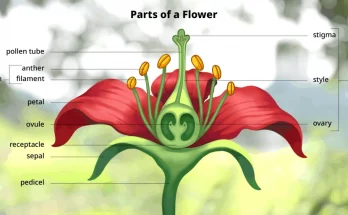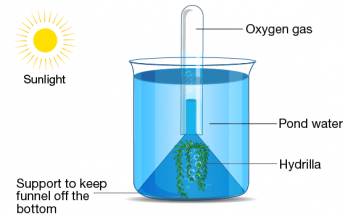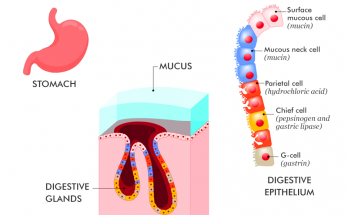
Flower- Structure, Parts, and Functions
Discover the botanical universe of flowers,delving into their definition, classification into complete and incomplete types, and exploring their structural part -vegetative and reproductive. The four distinct whorls, and embark on a journey from pollination, encompassing various types and mediums, to the crucial process of fertilisation, all while understanding the multifaceted functions flowers perform in ecosystems.
Flower- Structure, Parts, and Functions Read More



